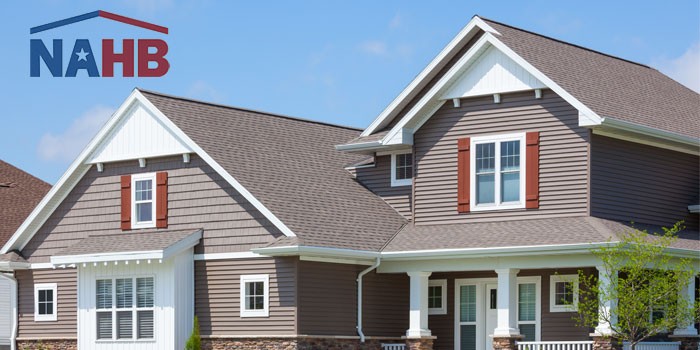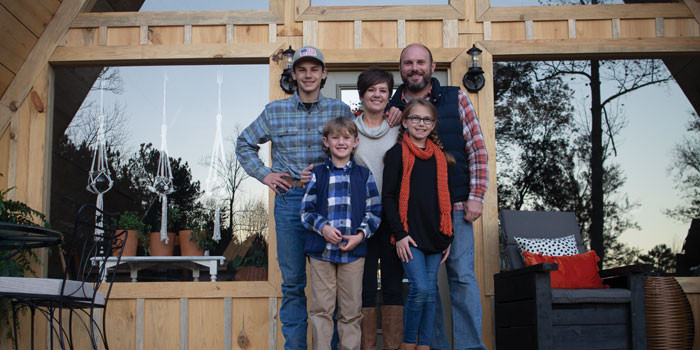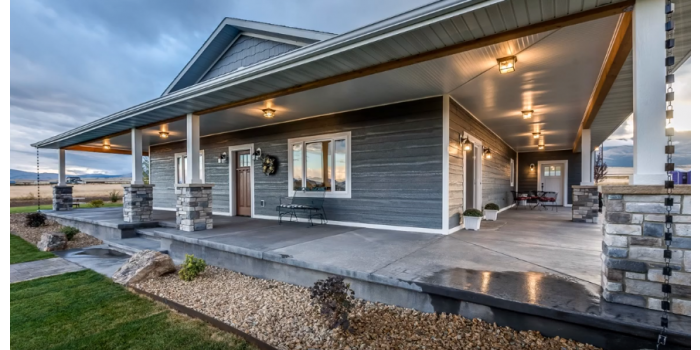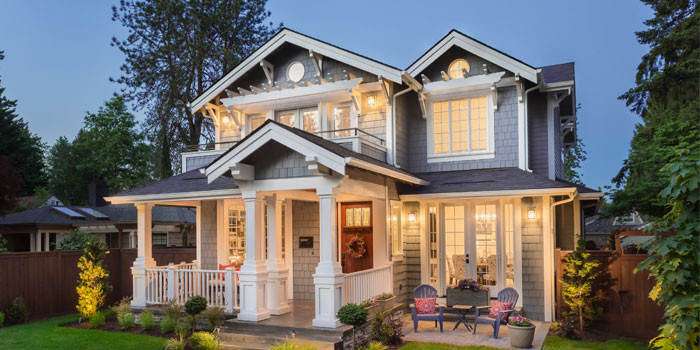Housing Markets Continue to Recover at Modest Pace

WASHINGTON, D.C. – November 24, 2015 – Markets in 79 of the approximately 360 metro areas nationwide returned to or exceeded their last normal levels of economic and housing activity in the third quarter of 2015, according to the National Association of Home Builders/First American Leading Markets Index (LMI) released today. This represents a year-over-year net gain of 17 markets.
The index’s nationwide score edged up to .93, meaning that based on current permit, price and employment data, the nationwide average is running at 93 percent of normal economic and housing activity. Meanwhile, 69 percent of markets have shown an improvement year-over-year.
“Housing markets are improving gradually as the economy strengthens and job creation continues,” said NAHB Chairman Tom Woods, a home builder and developer from Blue Springs, Mo. “In especially encouraging news, markets most affected by the downturn posted the largest year-over-year increases in their LMI score. This shows that the recovery is taking hold in those areas.”
“The employment metric of the LMI is making solid gains, with the number of metros that reached or surpassed their norms rising by 32 in a year,” said NAHB Chief Economist David Crowe. “Single-family permits keep inching forward, but remain at only 47 percent of normal activity, and continue to be the sluggish component of the index.”
“The number of markets on this quarter’s LMI at or above 90 percent has risen to 175 — almost half of all markets nationwide,” said Kurt Pfotenhauer, vice chairman of First American Title Insurance Company, which co-sponsors the LMI report. “This is a strong indicator that the overall housing market continues to make headway, and bodes well for the rest of the year.”
Baton Rouge, La. continues to top the list of major metros on the LMI, with a score of 1.53 – or 53 percent better than its last normal market level. Other major metros leading the list include Austin, Texas; Honolulu; Houston; and Oklahoma City. Rounding out the top 10 are San Jose, Calif.; Los Angeles; Charleston, S.C.; Nashville, Tenn; and Salt Lake City.
Looking at smaller metros, both Midland and Odessa, Texas, have LMI scores of 2.0 or better, meaning that their markets are now at double their strength prior to the recession. Also at the top of the list of smaller metros are Manhattan, Kan.; Casper, Wyo.; and Grand Forks, N.D.; respectively.
RELATED North American Polyurethane Foam Market Growing at 6% CAGR to 2020, Research Says , Air Products Introduces Polycat 204 Catalyst for Spray Foam and Other Rigid Polyurethane Foam Applications , Honeywell's Low-Global-Warming Insulation Material Wins Green Building Products Award, Spray Foam Manufacturer Demilec Awarded for Innovation in Plastics Recycling, Touch 'n Seal President Passes, Building a Brighter and More Sustainable Future with Covestro
The LMI shifts the focus from identifying markets that have recently begun to recover, which was the aim of a previous gauge known as the Improving Markets Index, to identifying those areas that are now approaching and exceeding their previous normal levels of economic and housing activity. More than 350 metro areas are scored by taking their average permit, price and employment levels for the past 12 months and dividing each by their annual average over the last period of normal growth. For single-family permits and home prices, 2000-2003 is used as the last normal period, and for employment, 2007 is the base comparison. The three components are then averaged to provide an overall score for each market; a national score is calculated based on national measures of the three metrics. An index value above one indicates that a market has advanced beyond its previous normal level of economic activity.
Editor’s Note: In calculating the LMI, NAHB utilizes employment data from the Bureau of Labor Statistics, house price appreciation data from Freddie Mac and single-family housing permits from the U.S. Census Bureau. The LMI is published quarterly on the fourth working day of the month, unless that day falls on a Friday -- in which case, it is released on the following Monday. For historical information and charts, please go to nahb.org/lmi.
About NAHB: The National Association of Home Builders is a Washington-based trade association representing more than 140,000 members involved in home building, remodeling, multifamily construction, property management, subcontracting, design, housing finance, building product manufacturing and other aspects of residential and light commercial construction. NAHB is affiliated with 800 state and local home builders associations around the country. NAHB's builder members will construct about 80 percent of the new housing units projected for this year. - See more at: https://sprayfoam.com/foam-news/new-home-sales-surge-provide-momentum-to-spray-foam-industry-/2529#st...
Disqus website name not provided.









































